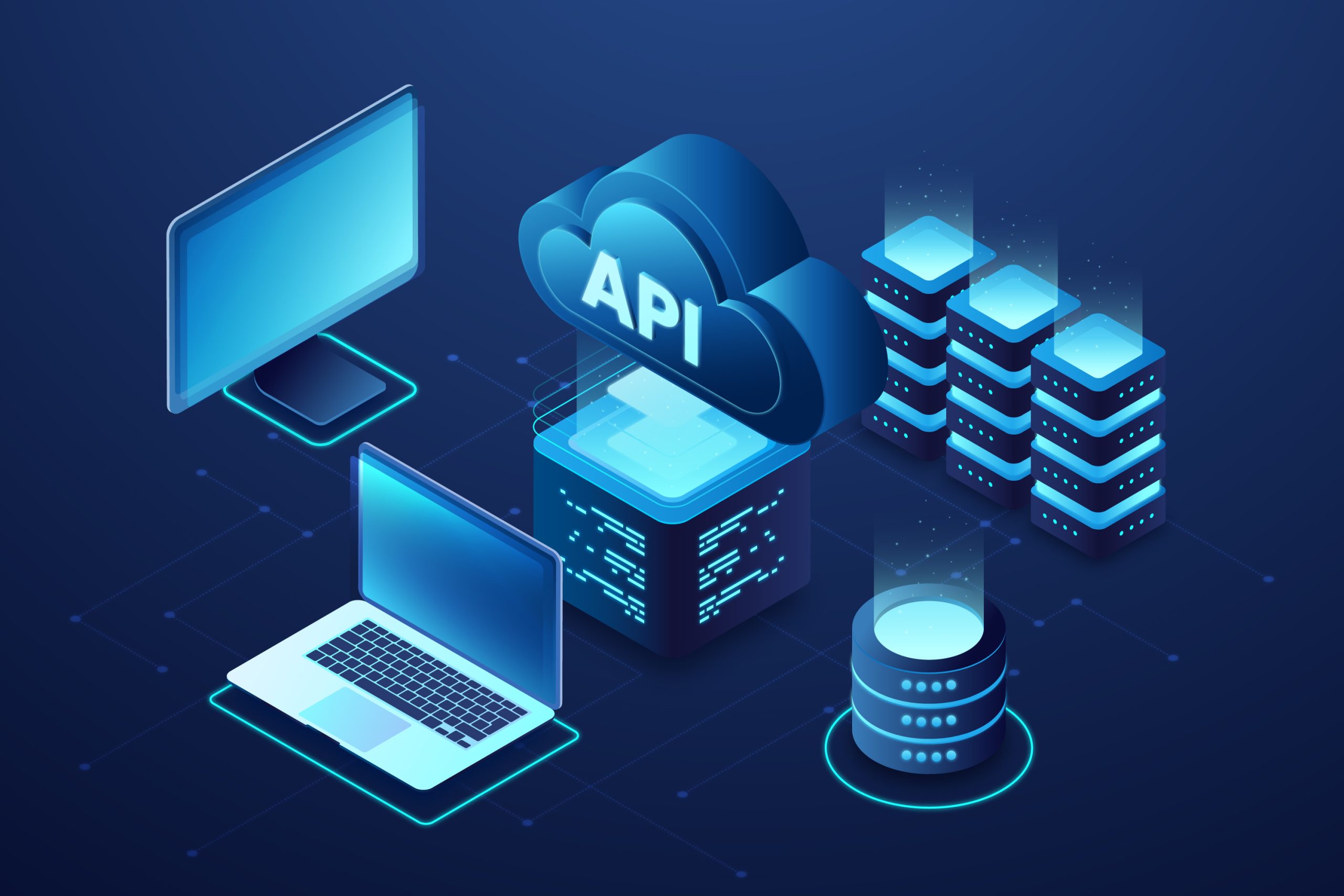AI is increasingly entering the business world, supporting companies in process automation, communication improvement, and data analysis. Using artificial intelligence is convenient, but also risky. What threats should you pay particular attention to in order to avoid compromising data security and ensure compliance with regulations? We encourage you to read the article!
This article will explain the following:
What artificial intelligence is and how it affects todays businesses?
Artificial intelligence, or AI, is a technology that can learn, analyze data, and make decisions, just like humans, but it does so much faster and on a larger scale. Implementing it in a company allows you to automate time-consuming tasks, better predict customer needs, and instantly process huge amounts of information.
AI is used in almost every industry, from customer service and report analysis to detecting irregularities in business processes. Companies are increasingly taking advantage of its capabilities by using tools such as chatbots supported by language models (e.g., ChatGPT, Google Bard). AI also supports HR departments in CV analysis and candidate profiling, finance in fraud detection, and sales and marketing teams in customer segmentation and communication personalization.
This solution is becoming increasingly present in the everyday functioning of companies, regardless of their size or industry.
A brief history of AI – from theoretical models to everyday applications
The origins of artificial intelligence date back to the mid-20th century. At that time, Alan Turing, a British mathematician and computer scientist, now known as the father of artificial intelligence, asked the question: “Can machines think?” and developed a test to assess their ability to conduct conversations at a human level. It was his concept that paved the way for the creation of intelligent systems.
Although the early years of AI development were mainly theoretical and limited by the computing capabilities of the time, the breakthrough came in the 1980s and 1990s, when scientists began to create so-called expert systems that allowed computers to make decisions based on predefined rules.
It was only with the development of computing power and access to large data sets in the 21st century that machine learning, and especially its advanced form, deep learning, began to flourish. Over the past decade, AI has begun to permeate everyday life, from facial recognition in smartphones and content personalization on streaming services to autonomous vehicles and voice assistants.
The latest stage of development is generative models such as ChatGPT, DALL·E, and Copilot, which can create text, graphics, and programming content, and their potential in business is growing month by month.
How can AI be used in business processes?
Artificial intelligence is no longer just an experiment by tech giants – today, it is a tool that supports everyday activities in small and large companies. More and more organizations are implementing AI-based solutions to gain a competitive advantage and optimize time-consuming, repetitive tasks.
One of the most common uses of AI in business is correspondence automation – intelligent systems can read and analyze emails, recognize their subject matter, and route messages to the appropriate departments or even respond to them automatically. In the area of documentation, classification and extraction of data from documents such as invoices, contracts or applications proves to be a huge support – AI can recognize the type of document, extract the most important information from it and trigger further processes in the system.
Using artificial intelligence, companies can also create sales forecasts by analyzing historical data, seasonality, and current trends. Such predictions support purchasing, marketing, and financial decisions. NLP-based chatbots are also becoming increasingly common. They can effectively serve customers, not only by providing information, but also by performing specific tasks, such as booking appointments or filling out forms.
Intelligent document management systems are also gaining popularity, in which AI assists in classifying, verifying content, detecting discrepancies, and automatically forwarding documents to the right people or departments. This makes it possible to significantly speed up internal processes, reduce errors, and improve control over the flow of information.
All these examples show that AI can be a real support for various departments – from accounting and customer service to HR and logistics. However, it is important to exercise caution when implementing such tools and to ensure adequate data security.
Why should you be careful when using AI in your company?
Although artificial intelligence offers many benefits, its use in a business environment also carries real risks, especially in terms of data security and confidentiality.
Many popular AI tools, especially those based on generative models, collect and analyze data in the cloud, often on servers outside the European Union. This means that by sending company documents, emails, or reports to them, companies expose themselves to the risk of unauthorized processing of information and even its use to train models, if the tool allows it.
The unintentional disclosure of sensitive, financial, contractual, or trade secret information can be particularly dangerous. Such actions may result not only in reputational or business losses, but also in a breach of the GDPR, which carries serious legal consequences.
It has to be taken into account that data transferred to an AI model may be stored in its contextual memory or logs, and in some cases used for further training. Therefore, it is important to take a conscious approach to the selection of tools – it is worth choosing local solutions that comply with EU law and ensure an appropriate level of data governance, transparency of operations, and full control over data.
The safe use of AI in a company does not preclude its effective use – quite the contrary. Awareness of the risks and the implementation of appropriate procedures allow the potential of this technology to be maximized while protecting company resources.
Data processing outside the EU – why it poses risk?
In the age of global AI-based tools, many companies unknowingly transfer data to systems processed outside the European Union – often on servers in the United States or Asia. While some of these solutions offer great technological capabilities, their use poses serious risks to data security and compliance, especially with the EU’s GDPR.
The European Union requires that citizens’ personal data be stored and processed in accordance with strict privacy standards. Meanwhile, many non-EU companies are not subject to the same regulations or offer limited transparency about what happens to the data they transfer. This can lead to a situation where company information is stored, analyzed, or even used to train models without the owner’s consent.
For companies, this poses serious risks – from potential data leaks and breaches of confidentiality to financial penalties for non-compliance with European law. In the event of data security breaches, companies can be held liable even if they used popular commercial tools.
Therefore, before implementing any AI solution in your company, it is important to carefully check where and how data is processed and whether the technology provider offers GDPR compliance.
How to use AI safely in your company?
Introducing AI-based tools into the daily operations of a company requires a well-thought-out strategy and caution. Data security, regulatory compliance, and control over AI processes are the foundations of responsible implementation of modern solutions.
The process should begin with an audit of internal needs and data to help determine what information will be processed by AI tools and whether it contains sensitive or confidential data. Next, check the solution provider – does it offer GDPR compliance, where will the data be physically processed, and is the AI model open-source or closed? It is better to choose solutions that run on European servers or have local implementation (on-premise), especially in regulated industries.
Another important step is to develop a clear policy for the use of AI in the company – indicating what activities are permitted, who is responsible for controlling input data, and what the process for accepting results generated by artificial intelligence looks like.
It is also important to train employees – not only in the use of tools, but also in recognizing potential risks, such as incorrect suggestions, model hallucinations, or unintentional disclosure of information.
The safe use of AI also involves monitoring and updating systems, including the application of Explainable AI (XAI) principles, which enable an understanding of the basis on which the model makes decisions. This is particularly important when automating processes that affect customers or financial data.
The use of artificial intelligence in the V-Desk system
To achieve greater efficiency of document processing, the V-Desk system has been equipped with an Intelligent Document Analysis (IAD) tool, which significantly exceeds the capabilities of traditional OCR. IAD is an advanced feature of the V-Desk system that combines OCR technology with artificial intelligence and natural language processing (NLP) mechanisms. As a result, the user receives not only a digital version of the document, but also a clear, contextual summary of its content and automatic recognition of key information without the need to manually search through files.
AI OCR supports all types of documents, regardless of whether they are in paper or electronic form. It can recognize their content and convert it into an electronic version. It is most often used to process electronic documents in graphic files in the following formats: JPEG, TIFF, and PDF. Intelligent Document Analysis (IAD) is an advanced feature of the V-Desk system that additionally combines OCR technology with artificial intelligence and natural language processing (NLP) mechanisms.
The AI systems used in V-Desk operate on secure servers located within the European Union, ensuring compliance with European data protection standards. These solutions meet the requirements of the GDPR (General Data Protection Regulation), guaranteeing the complete security and confidentiality of the information processed. This gives users the assurance that all document analysis operations are carried out in accordance with the highest privacy standards. This is particularly important when working with documents containing sensitive data.
AI glossary – the most important terms you should know
And finally, we have compiled a list of terms that most frequently appear in the context of AI in business and are worth knowing:
- Machine Learning
is one of the main areas of AI, in which systems learn from data instead of being manually programmed. Thanks to ML, models can recognize patterns, predict results, and support decision-making. - Deep Learning
an advanced form of machine learning based on neural networks. It enables the analysis of more complex data, such as images, sound, and natural language. Used, for example, in face recognition and language translation. - NLP (Natural Language Processing)
a technology that allows computers to understand and process the natural language used by humans. Used, for example, in chatbots, automatic translation, and customer opinion analysis. - Language model / LLM (Large Language Model)
An advanced AI model that can generate and analyze text. ChatGPT is an example. LLMs learn from huge data sets and can answer questions, create content, and summarize documents. - Prompt engineering
the ability to create effective queries for language models. A well-formulated prompt allows you to get more precise and useful answers from AI tools. - Generative AI
artificial intelligence that can generate new content – text, images, music, and even code. Used in marketing, report creation, creative campaigns, and data analysis. - Hallucination
a phenomenon in which AI generates convincing but false information. In a business context, this is a significant threat, so it is important to verify every AI response. - Model open-source vs. closed
The former are publicly available and can be customized, e.g., LLaMA or Mistral, while the latter, such as ChatGPT, are closed solutions – available via API, but without full control. - Inferencja vs. trening
Training is the process of “teaching” a model on data, which requires significant resources. Inference is the use of a trained model to generate responses or analysis – this is what you use on a daily basis. - Explainability (XAI)
An approach that allows you to understand why AI made a particular decision. This is particularly important in regulated sectors such as banking and insurance. - Data governance
data management rules within an organization. In the context of AI, this means, among other things, the proper storage, processing, and protection of data so as not to expose it to leaks or GDPR violations. - Overfitting
a flaw whereby the model becomes too “attached” to the training data and performs poorly with new, unknown data. This leads to incorrect analyses or recommendations. - Fine-tuning
the adaptation of a ready-made AI model to the specific needs of a company, e.g. by learning from company documents or data. This enables more accurate responses in a given industry or context.




